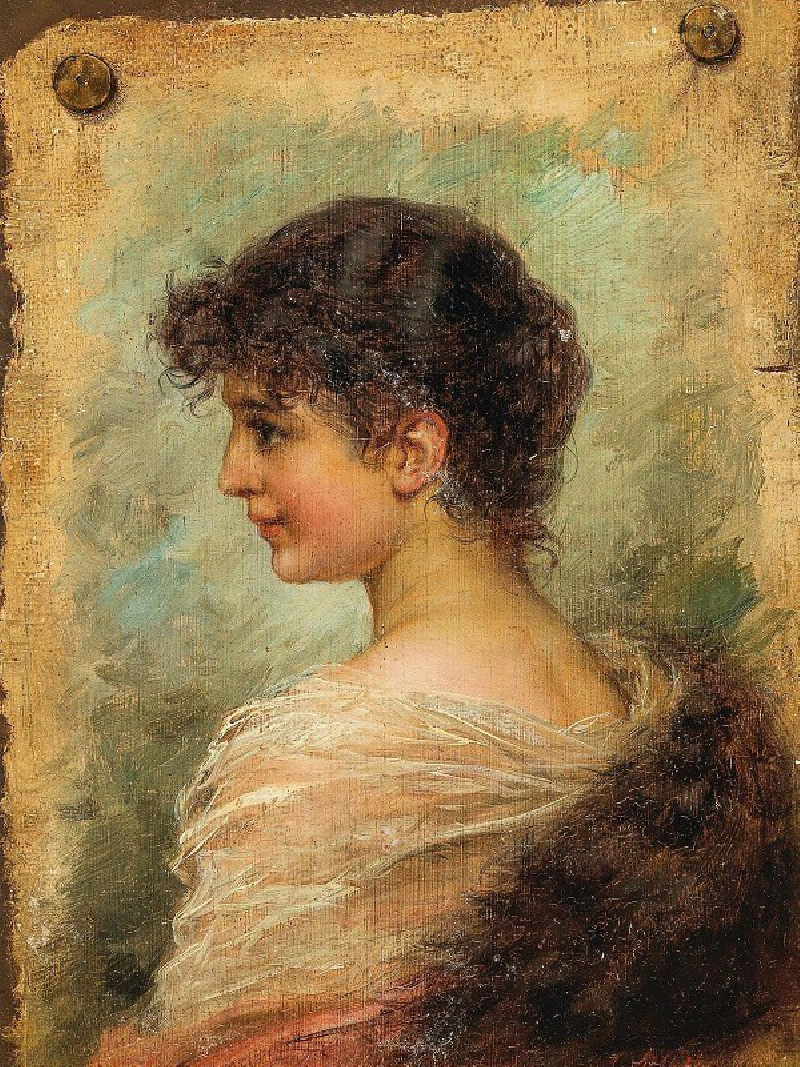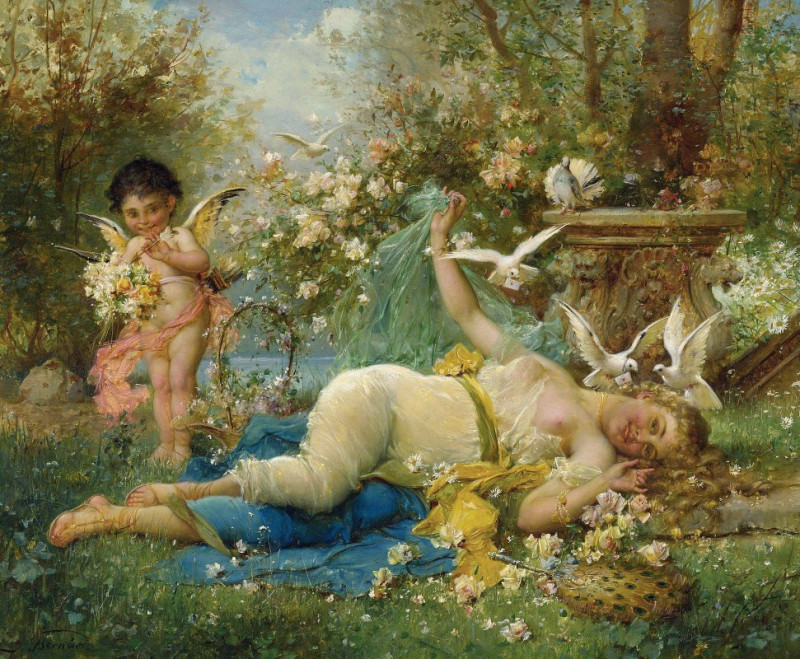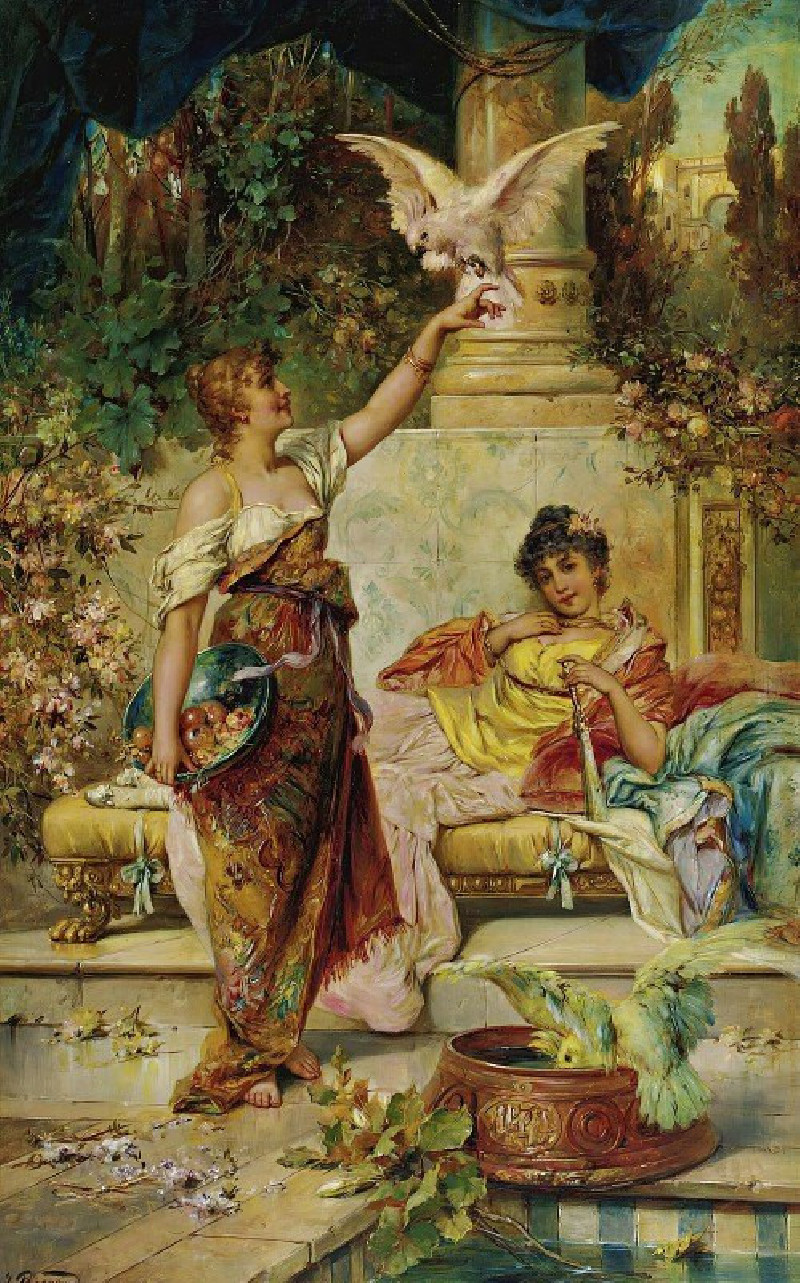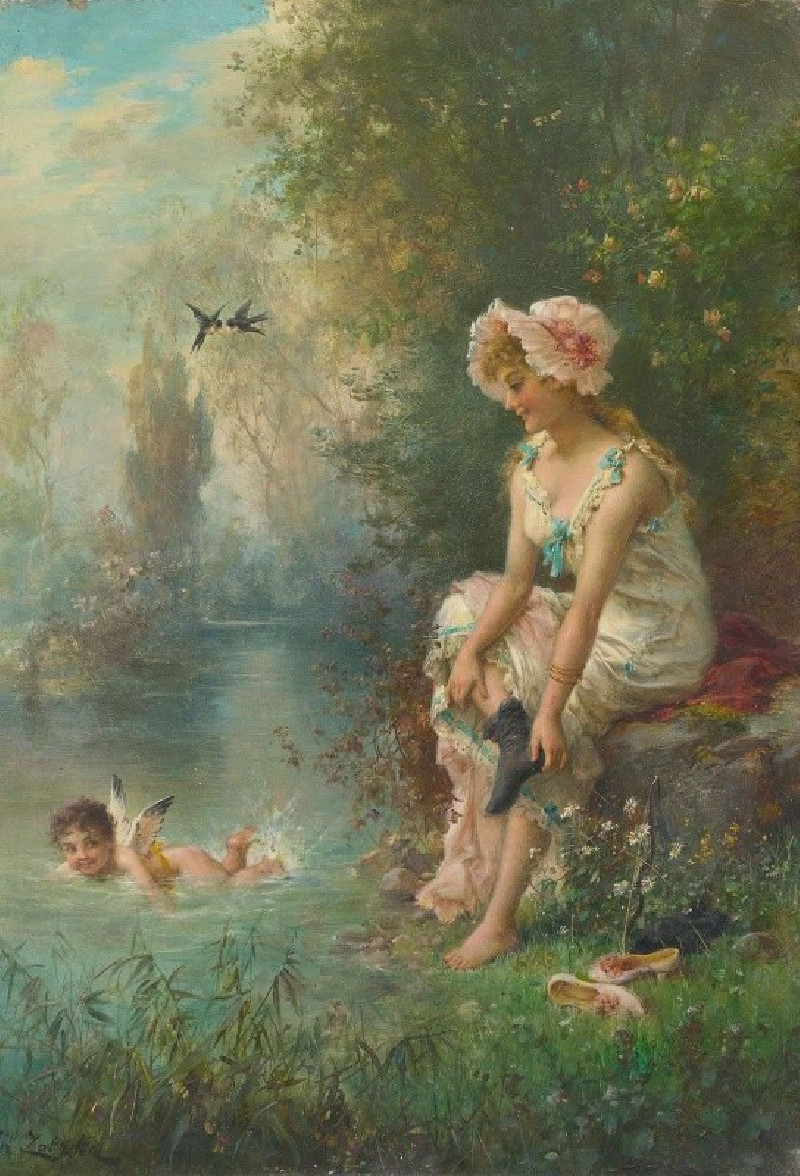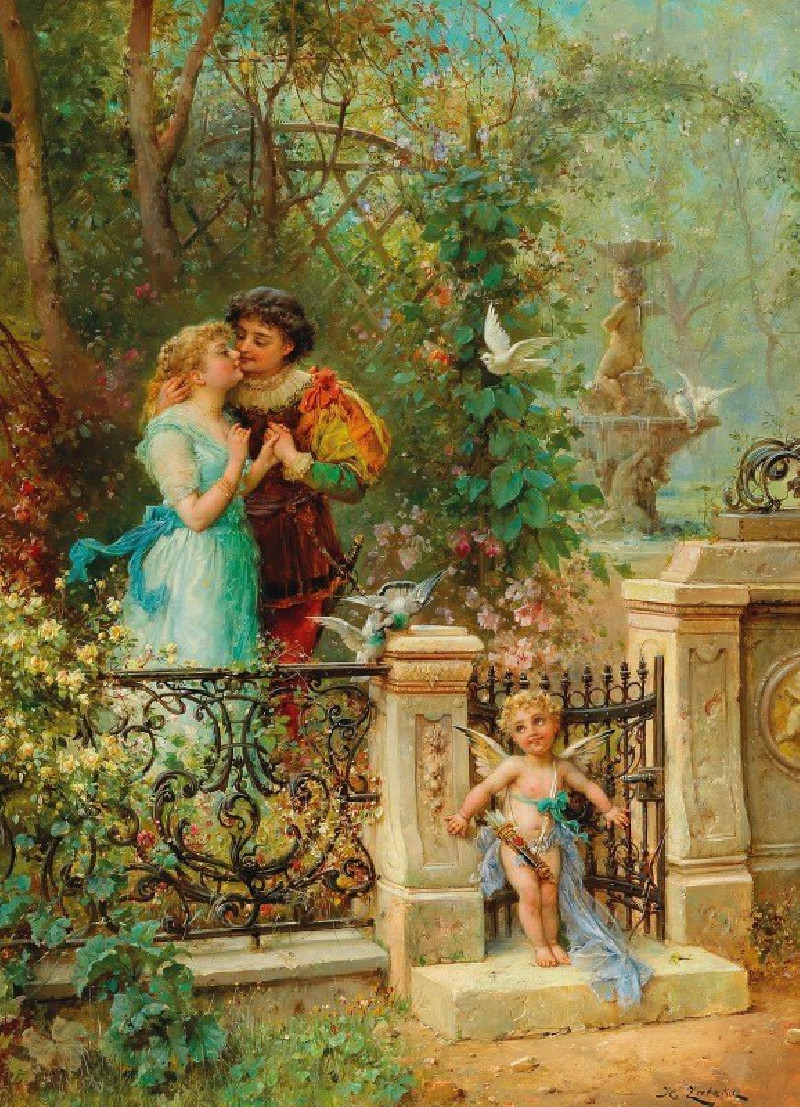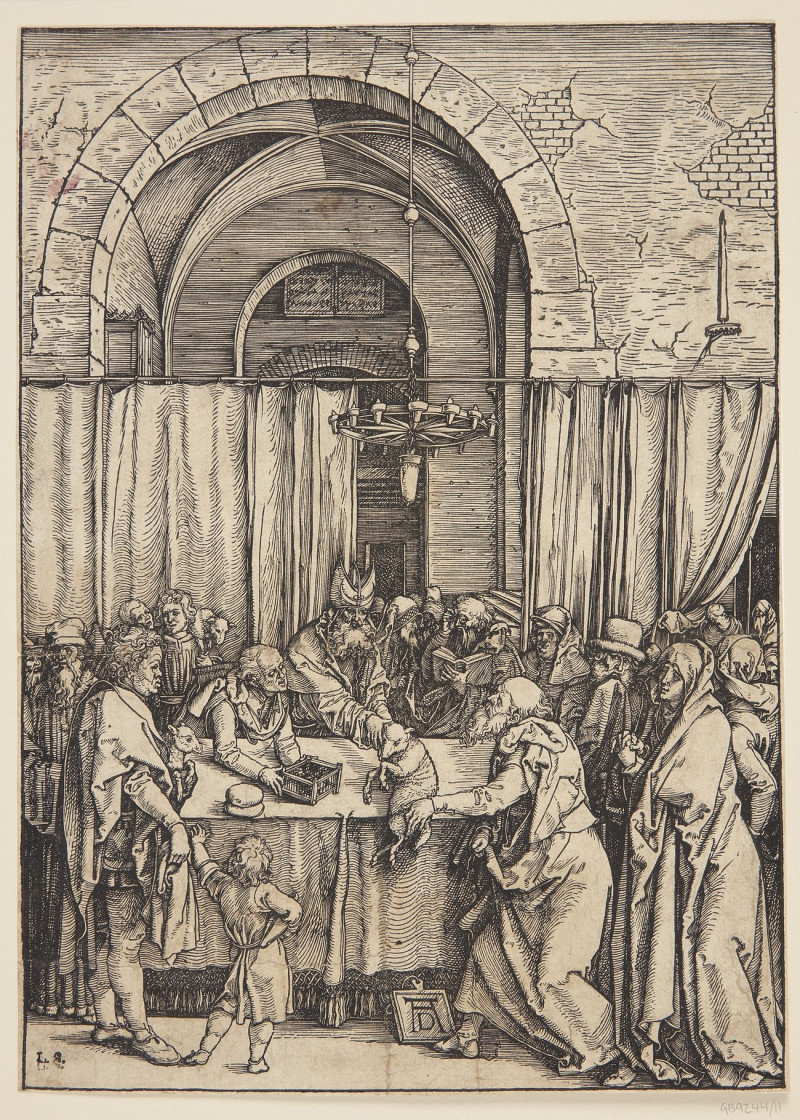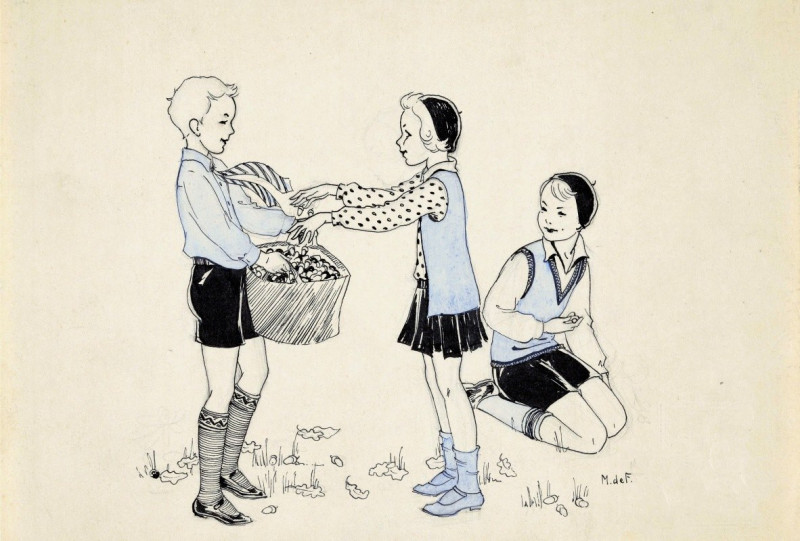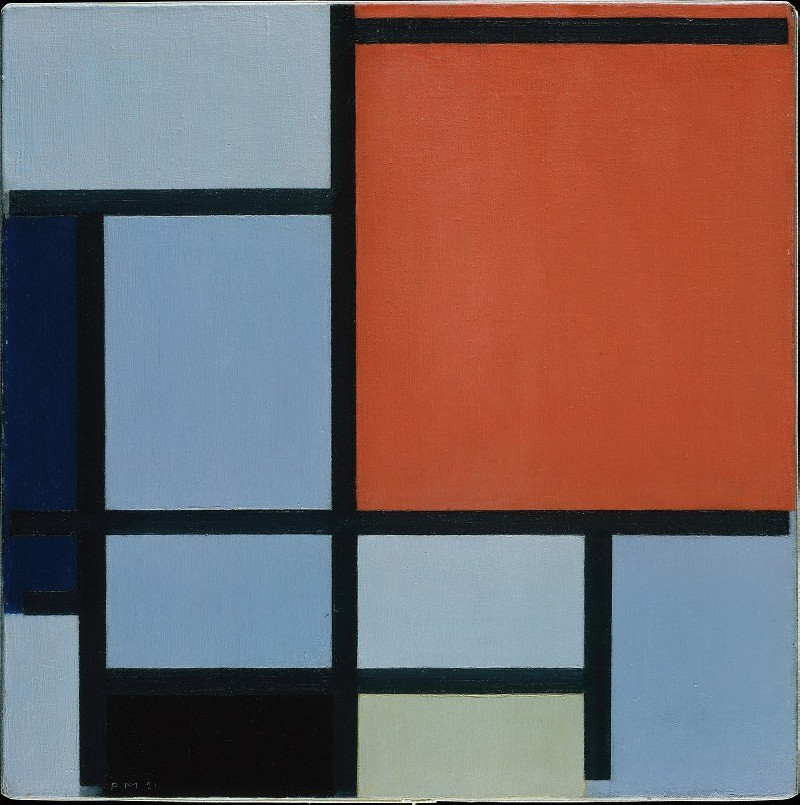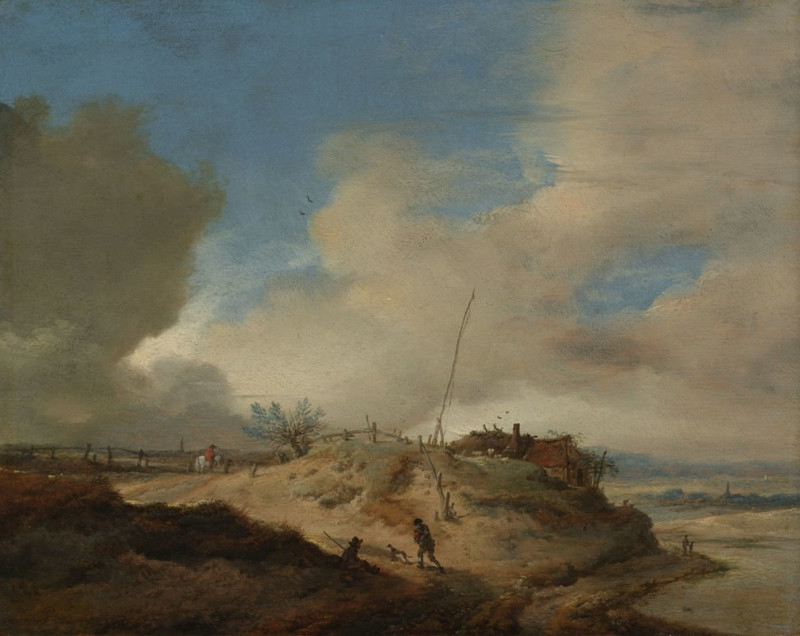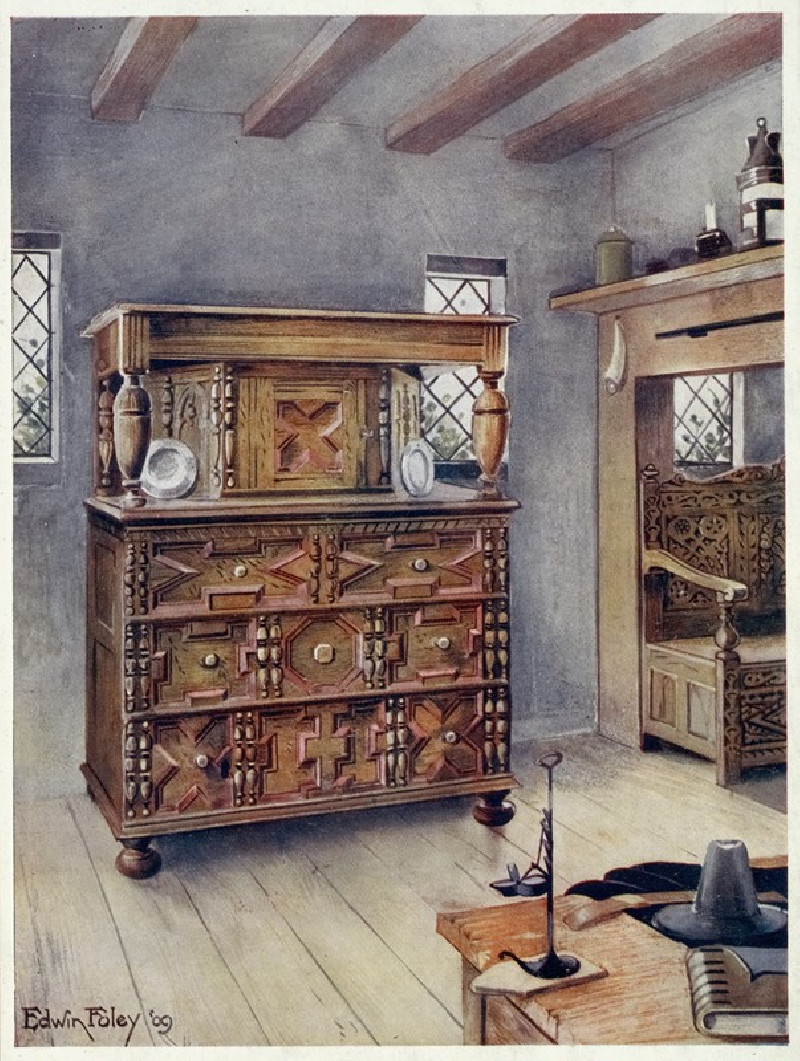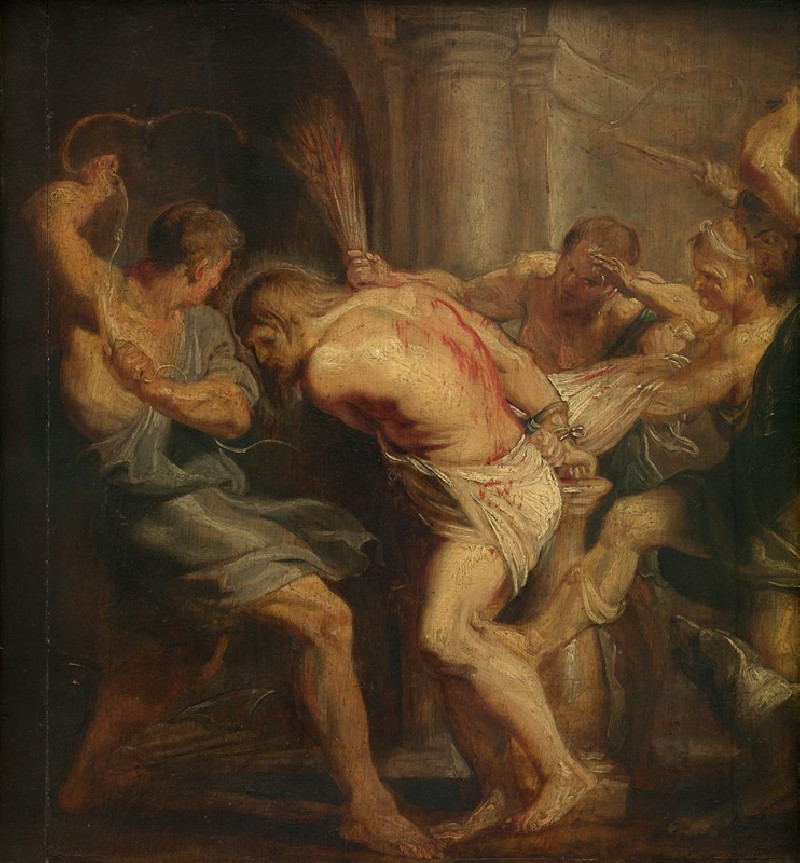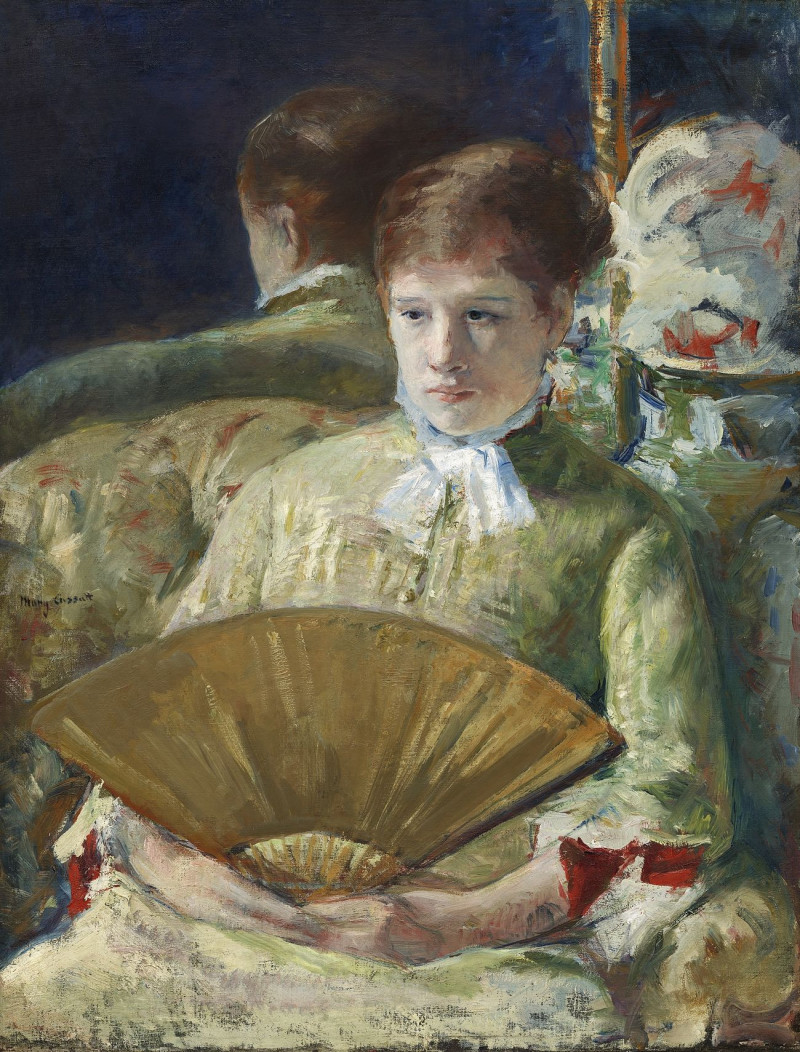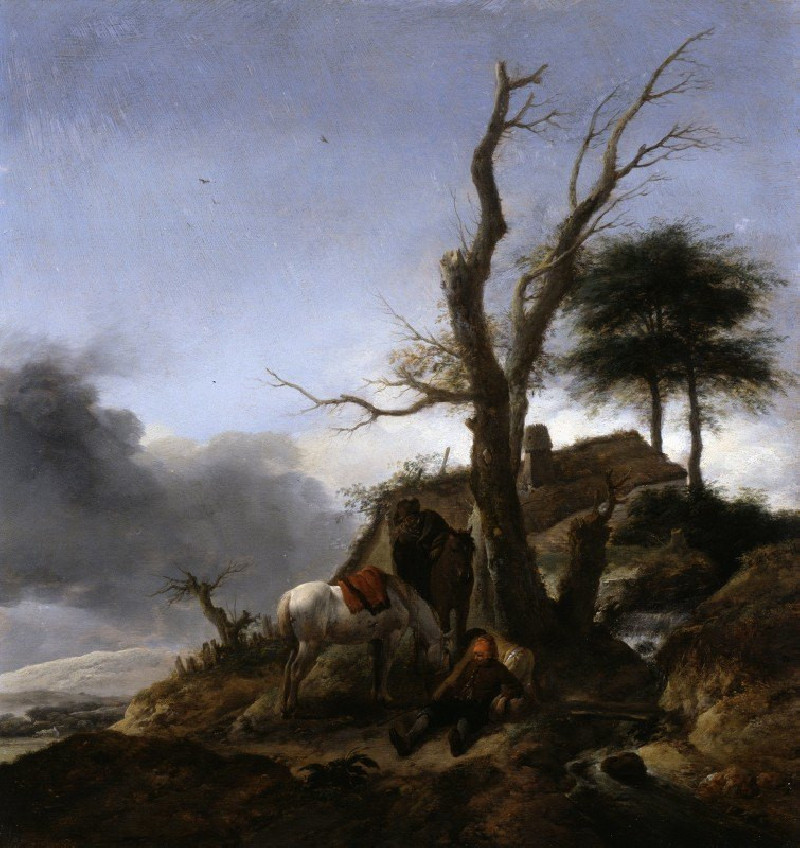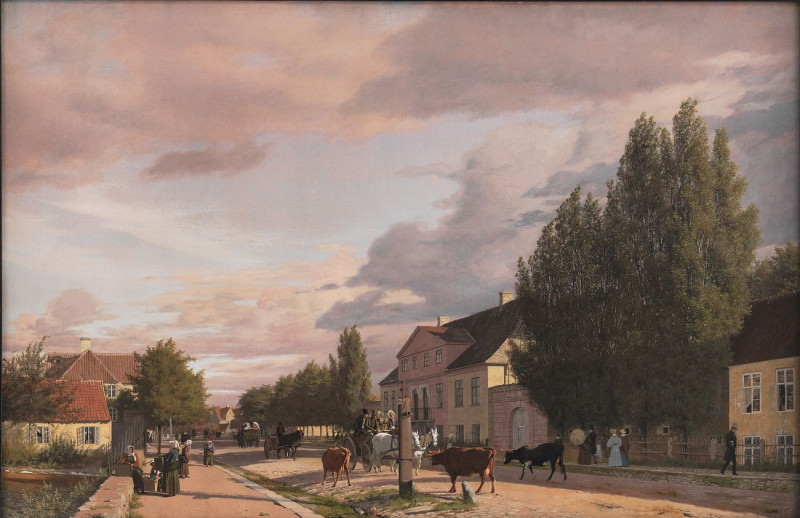Cupid (c. 1900)
Technique: Giclée quality print
Recommended by our customers
More about this artwork
1900)Painted by the celebrated Austrian artist Hans Zatzka around the year 1900, "Cupid" is a captivating work exemplifying the romantic and vibrant qualities typical of Zatzka’s oeuvre. This painting skillfully blends mythological themes with lush, dreamlike settings to create an enchanting visual narrative.In the center of the painting, a young woman draped in a flowing gown of soft blues and vibrant oranges sits gracefully on a stone bench. Her posture is relaxed and introspective as she gently touches a golden arrow, a typical attribute associated with Cupid, the Roman god of love. She gazes downward with a serene and thoughtful expression, possibly contemplating the complexities of love as suggested by the presence of Cupid.To her left, a cherubic figure identified as Cupid stands playfully. His small wings flutter as he cheekily aims an arrow, symbolizing his role as a mischievous matchmaker. The contrast between the woman's thoughtful demeanor and Cupid's playful actions adds a dynamic element to the scene.The backdrop of the painting features an idyllic garden with lush greenery and scattered flowers, enhancing the sense of a mythical or heavenly place. Architectural elements like a decaying stone wall and classical statues suggest a setting removed from the mundane, located perhaps in an enchanted realm.Hans Zatzka's use of vibrant colors and meticulous detail in the depiction of both figures and flora invites viewers into a world where the divine intermingles with the human, and where the artistry of love is forever at play.
Delivery
Returns
Hans Zatzka (8 March 1859 – 17 December 1945 or 1949) was an Austrian Academic and fantasy painter. He has sometimes been known as P. Ronsard, Pierre de Ronsard, or H. Zabateri, and signed many of his works as Joseph Bernard, J. Bernard, or Bernard Zatzka. The purpose of Zatzka's vast array of pseudonyms was to avoid penalties of breaking contracts which limited the amount of artwork he could sell. This has caused some art databases to conflate Zatzka's work under the pseudonym Joseph Bernard with the French sculptor with the same name.

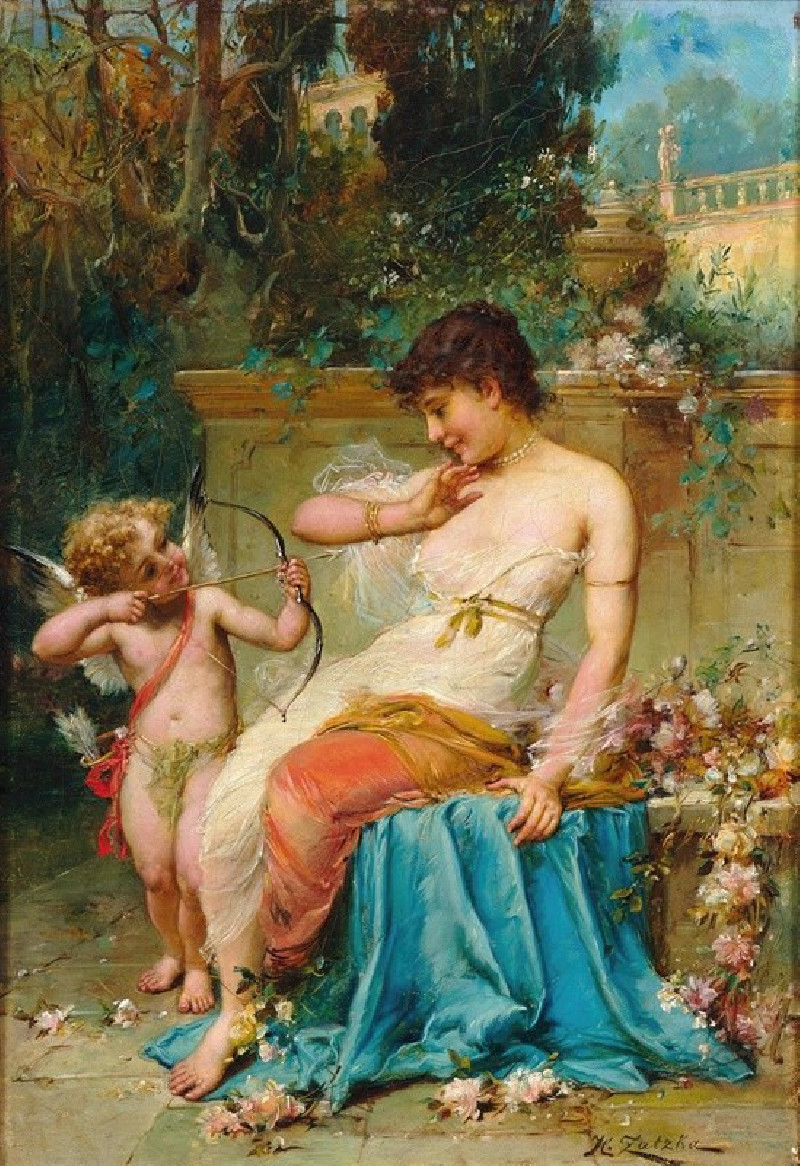
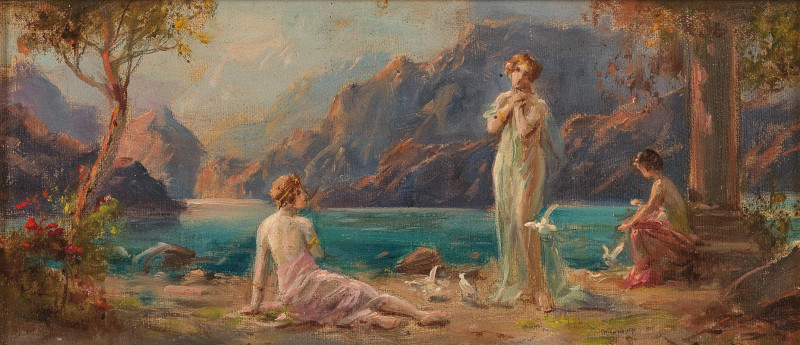


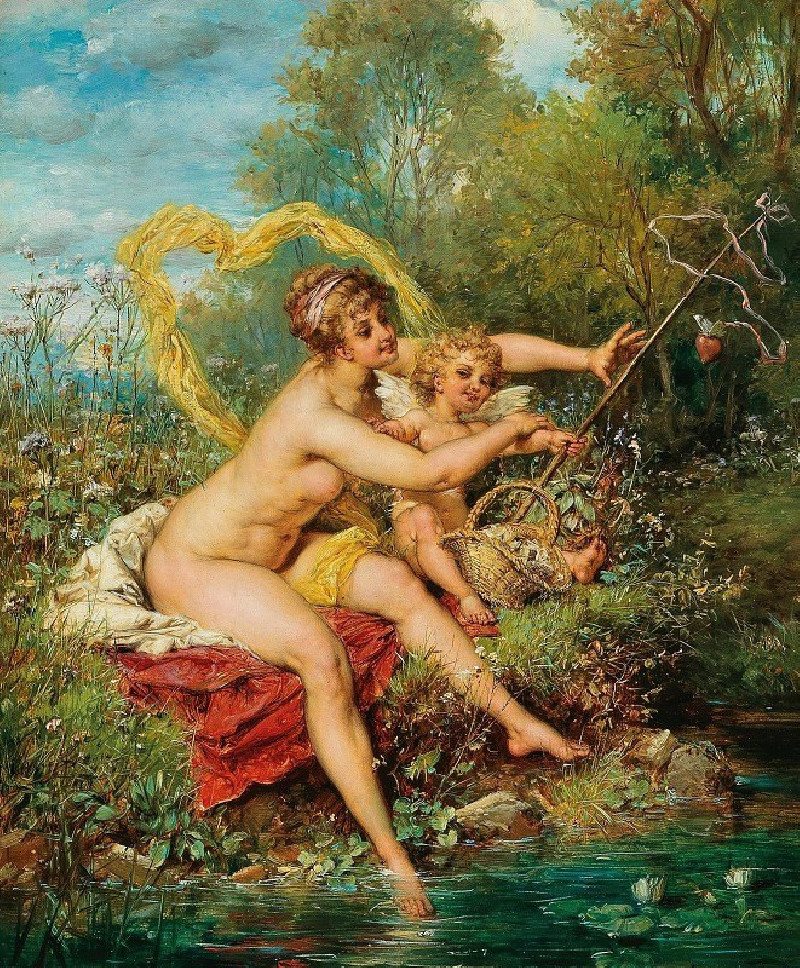
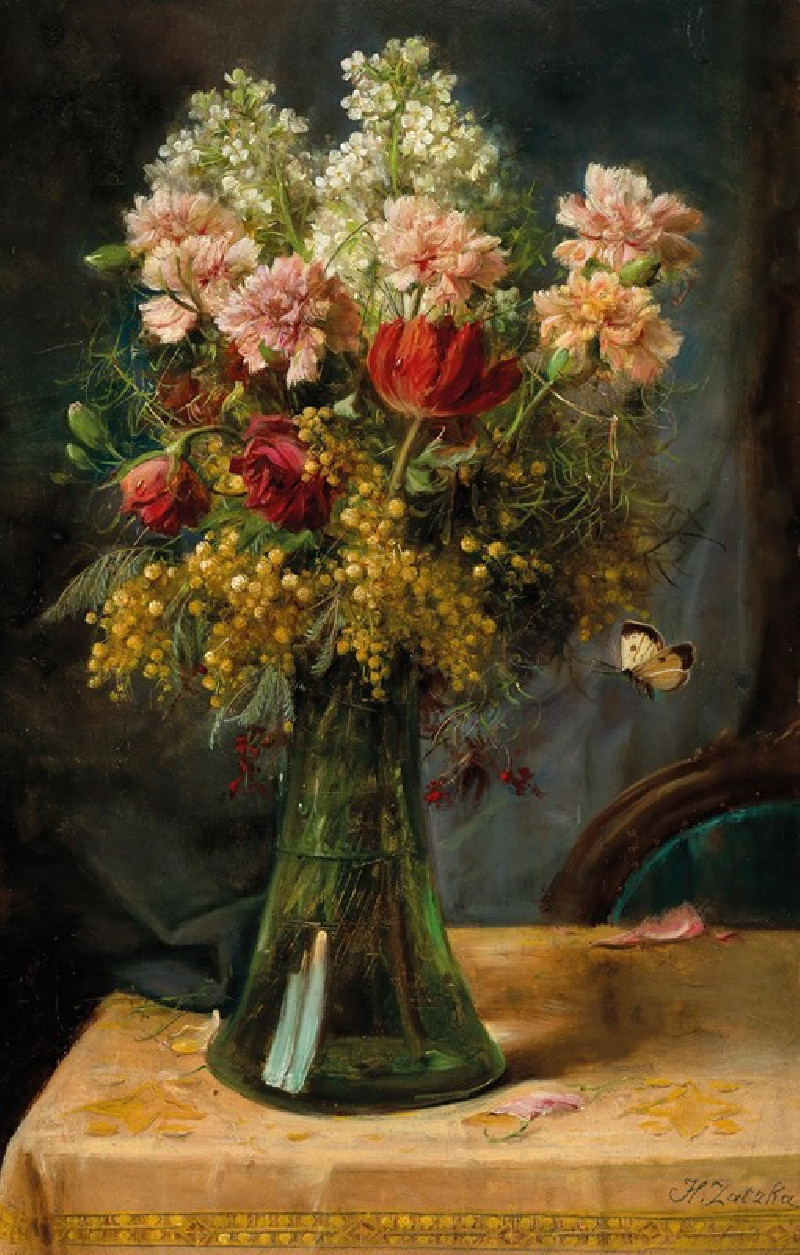
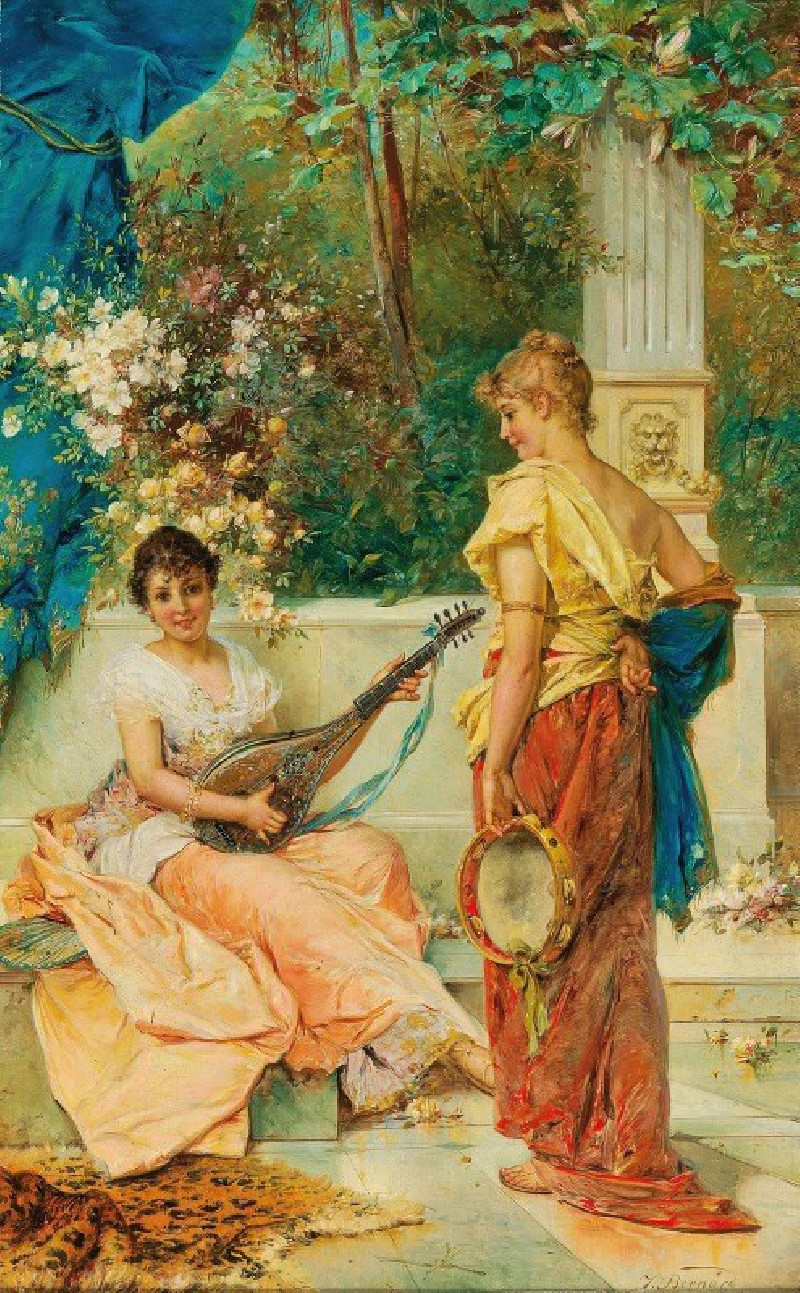
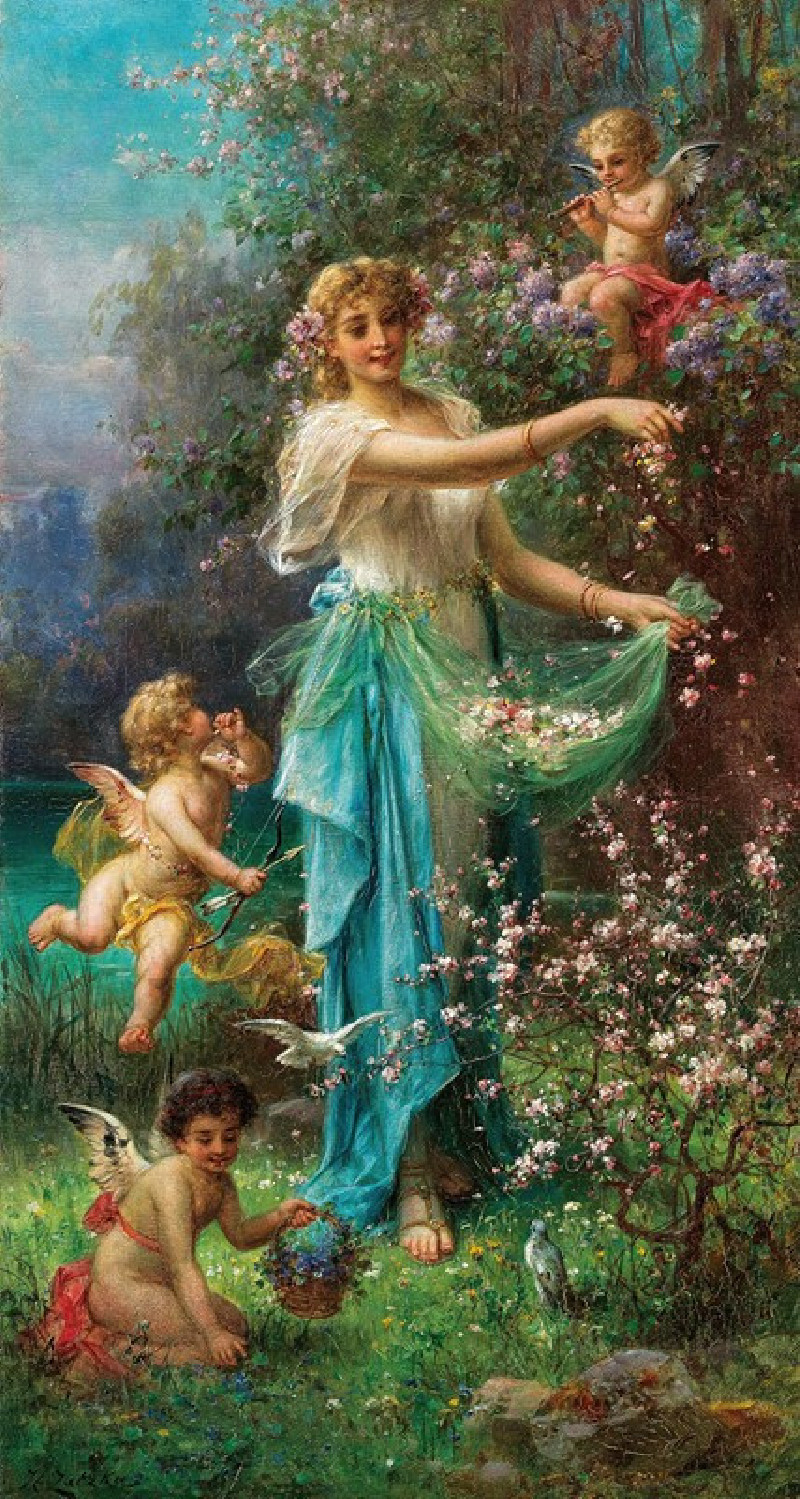
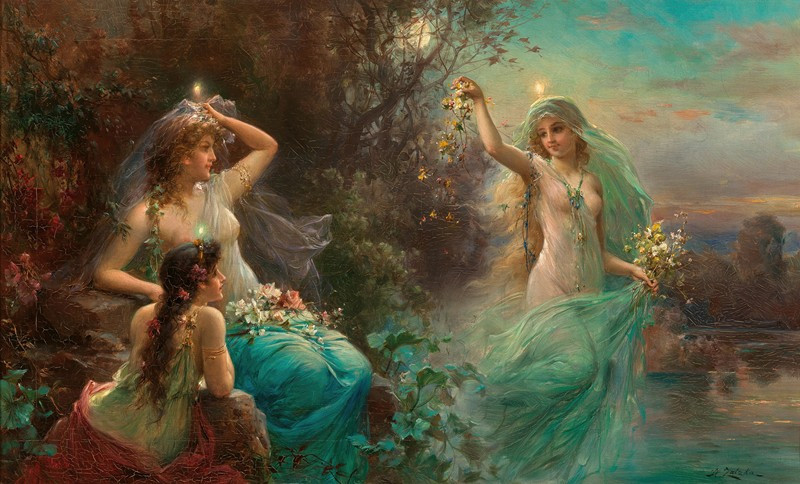
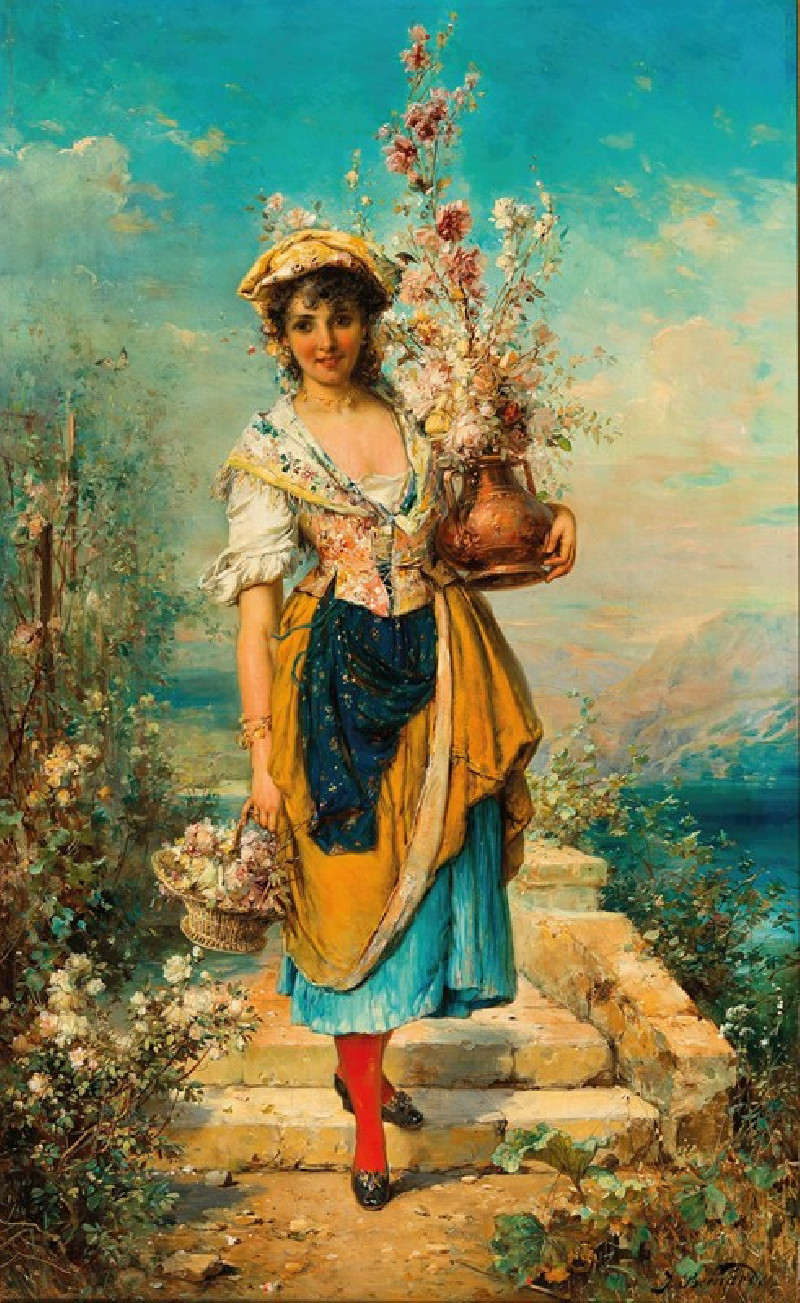
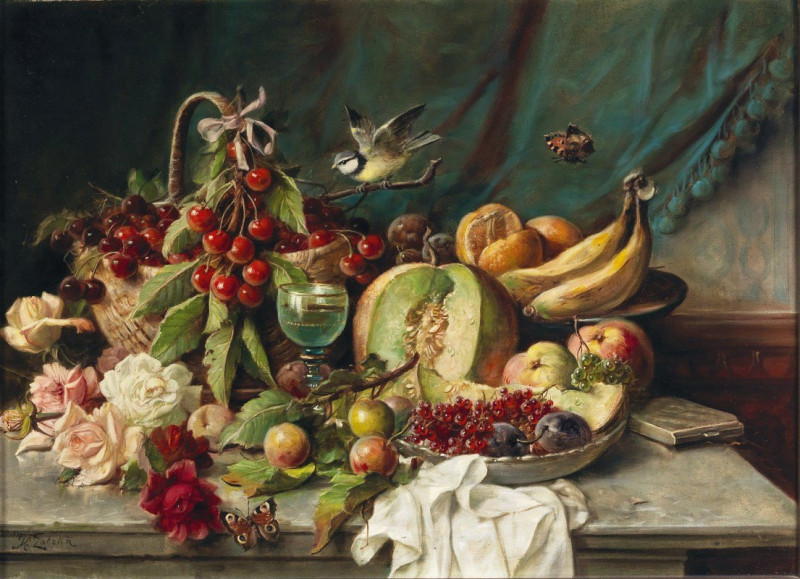
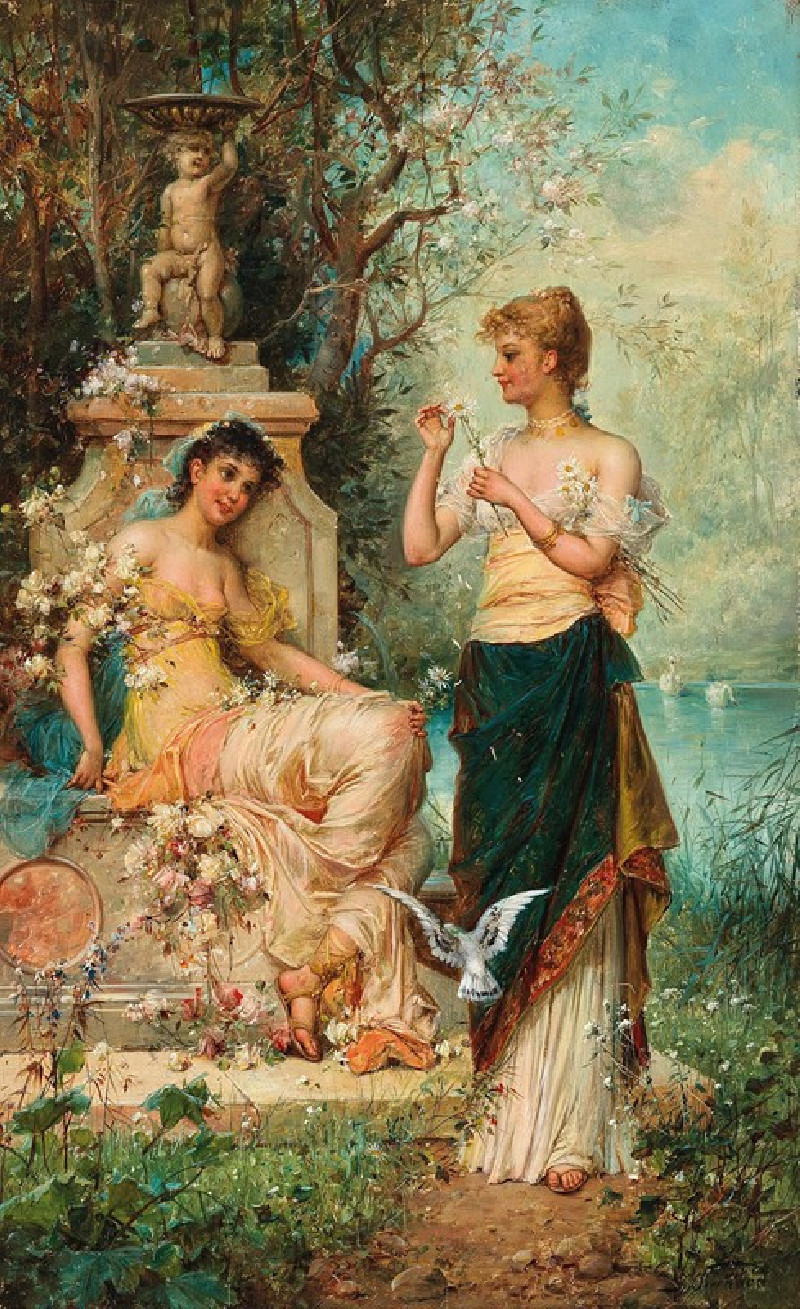
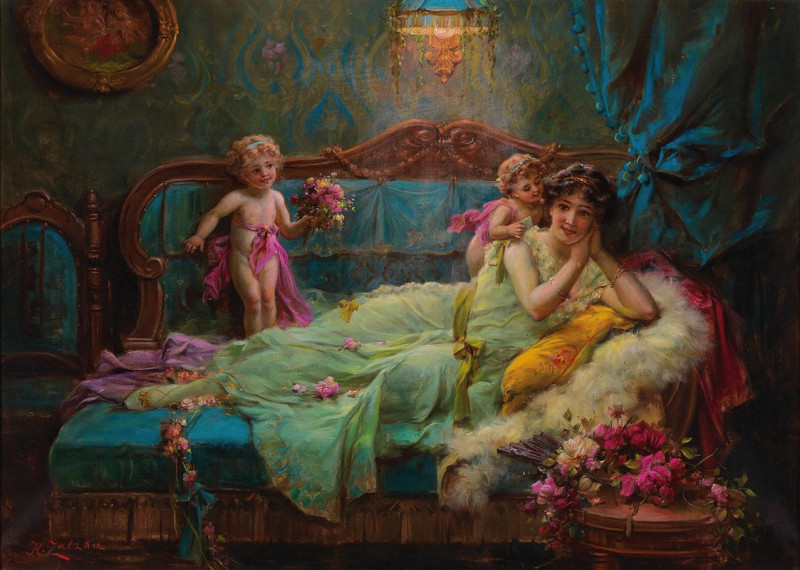
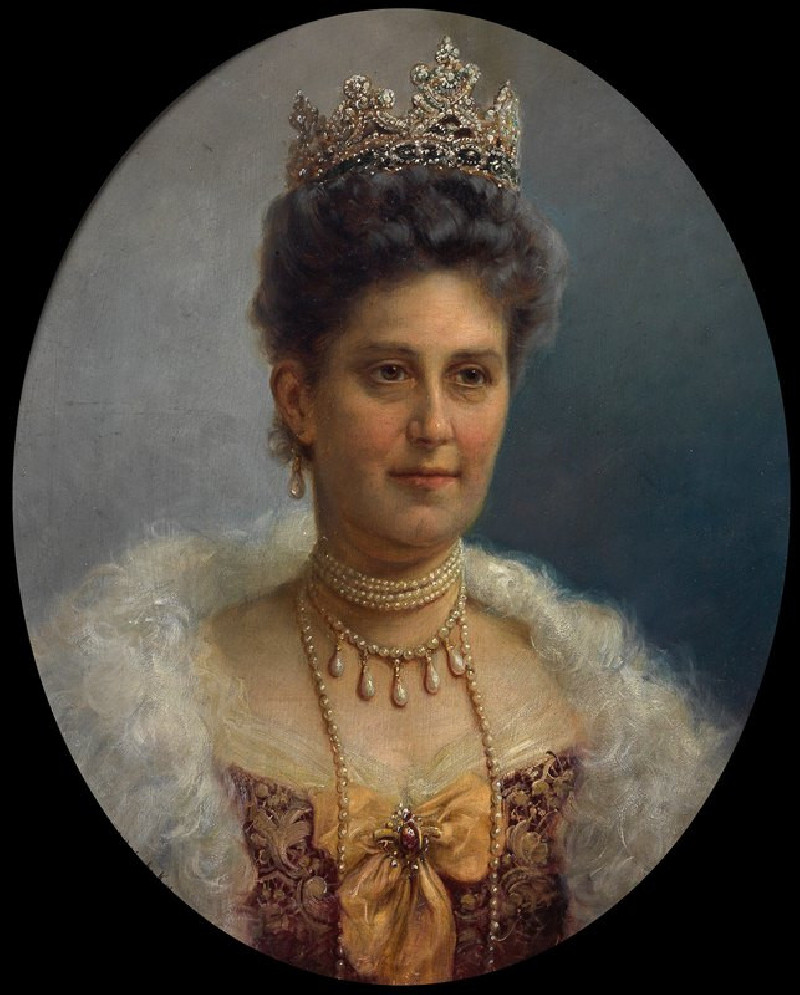
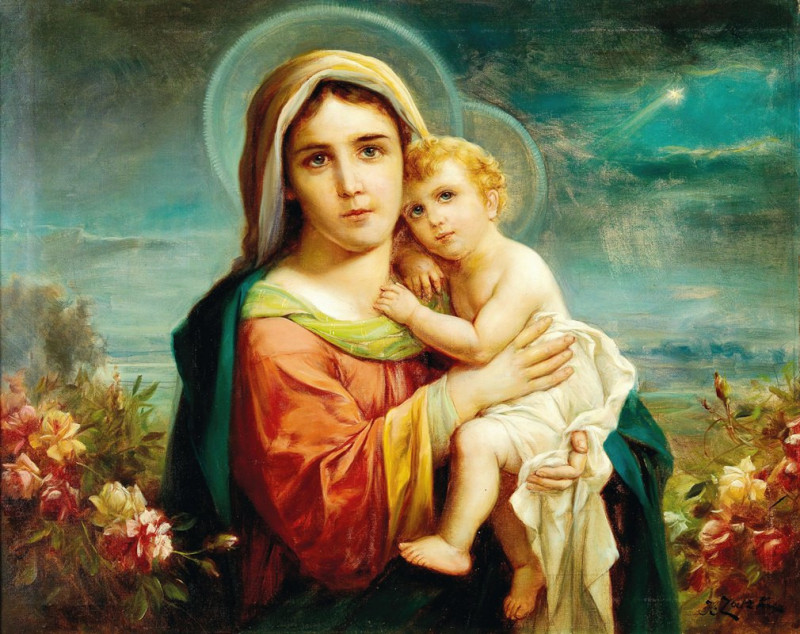
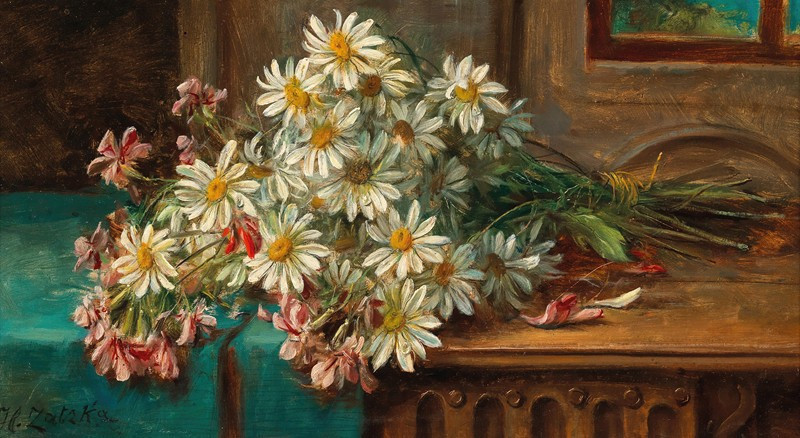
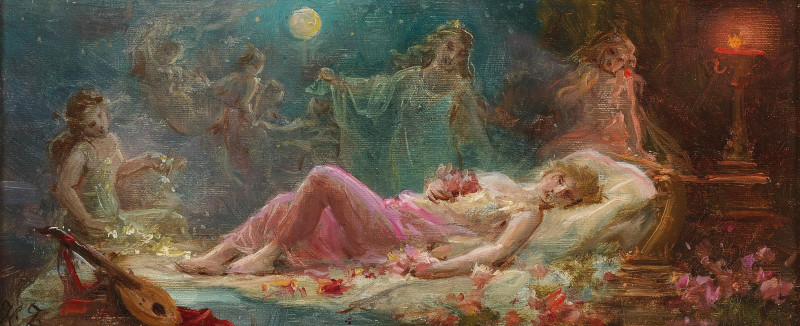

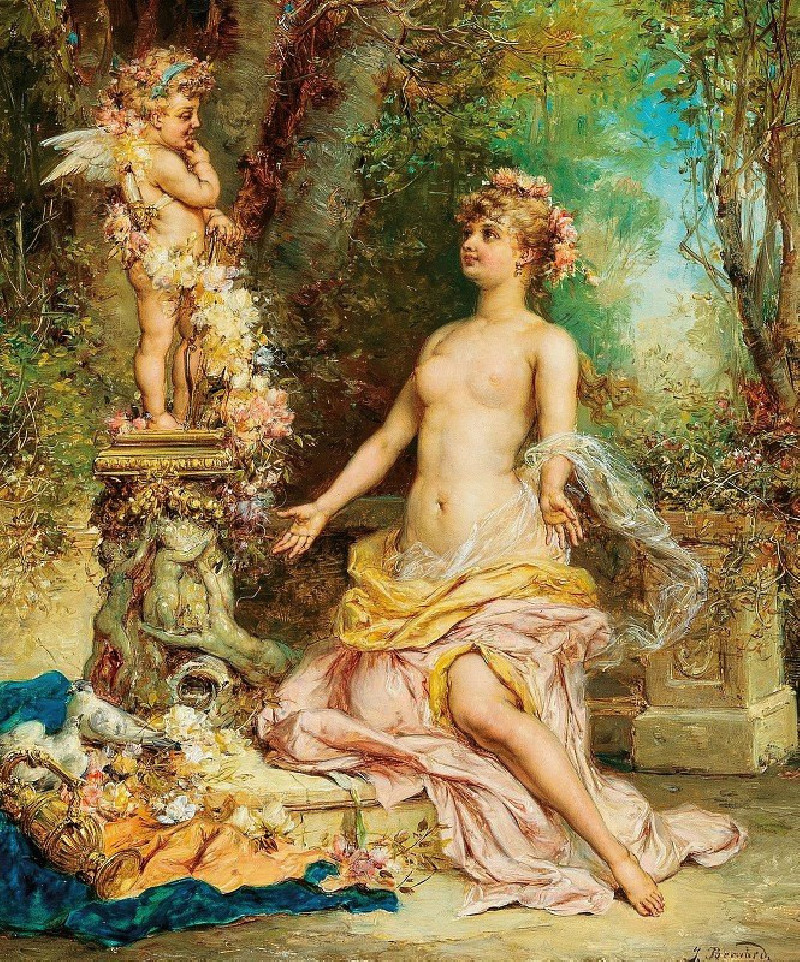
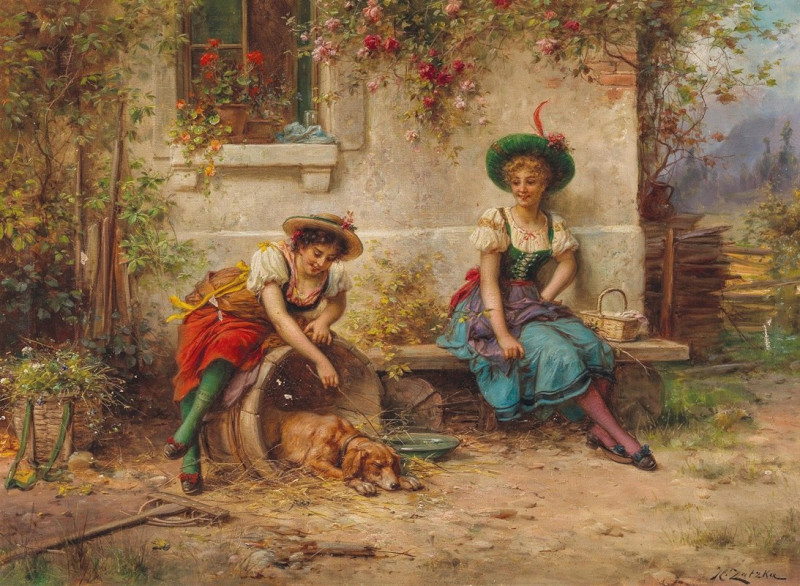
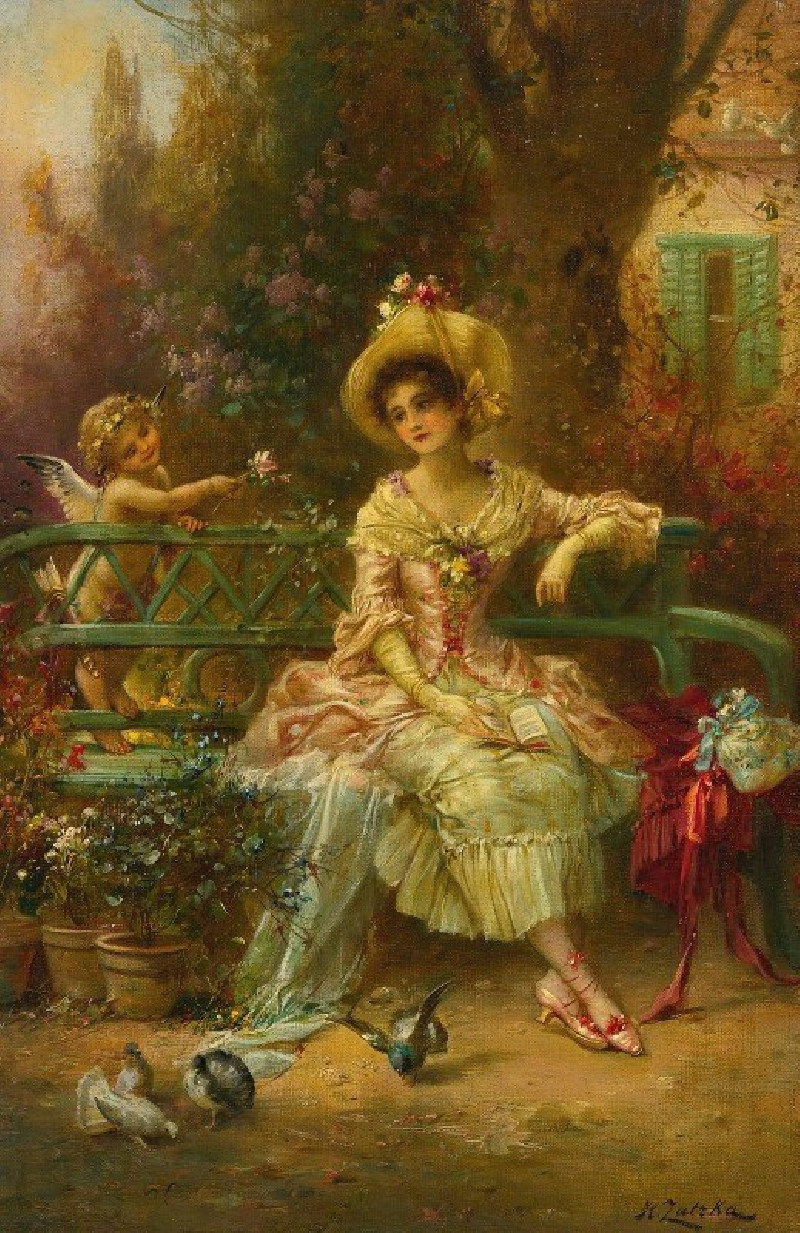
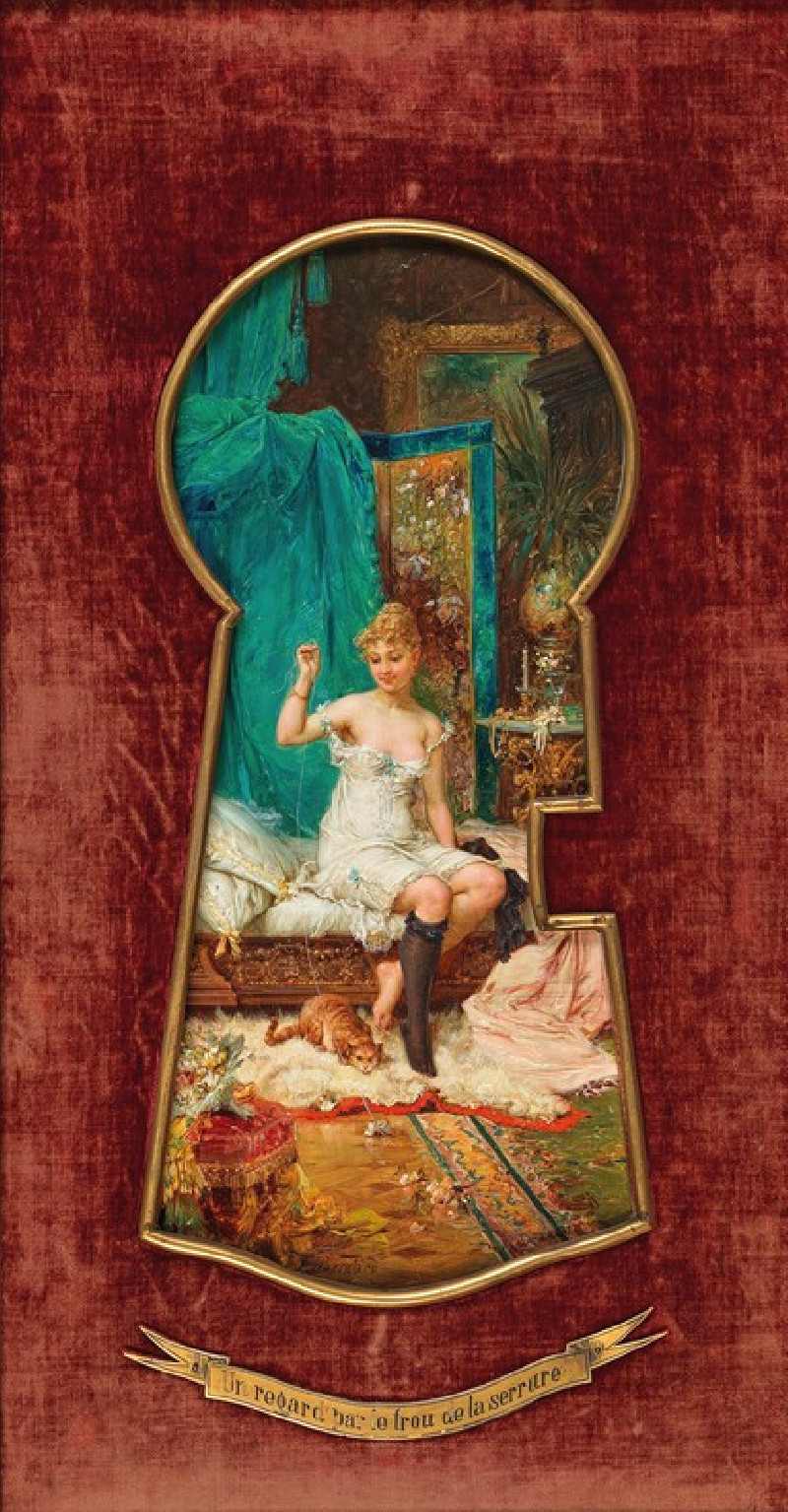


![Lustige Weise [A merry tune] reproduction of painting by Hans Zatzka. ALL GICLEE PRINTS](https://reprodukcijos.lt/51916-large_default/reproduction-of-lustige-weise-a-merry-tune.jpg)
